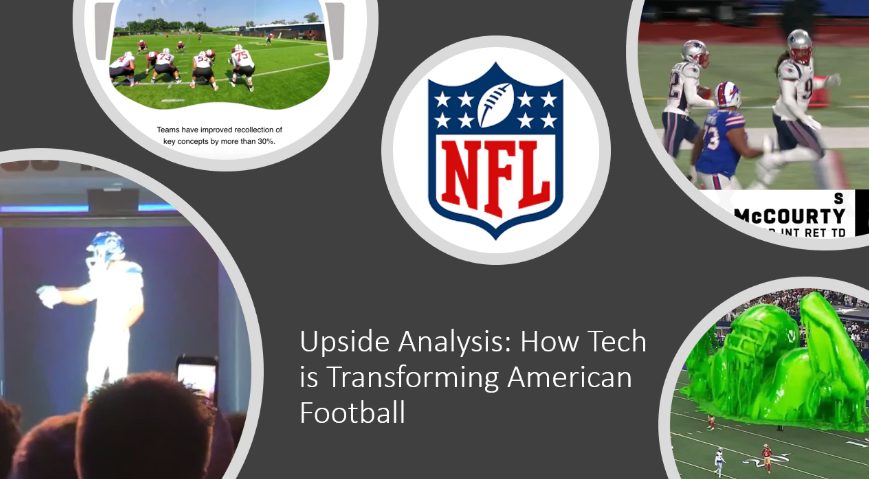American Football is one of the most popular sports in America. But it is also one of the most advanced sports leagues when it comes to emerging technologies. Before we get into some of the technologies used in the NFL, let’s start with the economics. In 2021, the NFL generated…
Share This Story, Choose Your Platform!
Total reviews
Persons recommended this product
Anonymous
Shopper
check_circle Verified
Shop owner replied
Anonymous
Shopper
check_circle Verified
Shop owner replied
Thanks for your review!
Your feedback helps us improve our service.
There are no reviews yet.
Be the first to review “ ”
Please log in to submit a review.
Don't have an account? Register here .
Only logged in customers who have purchased this product may leave a review



